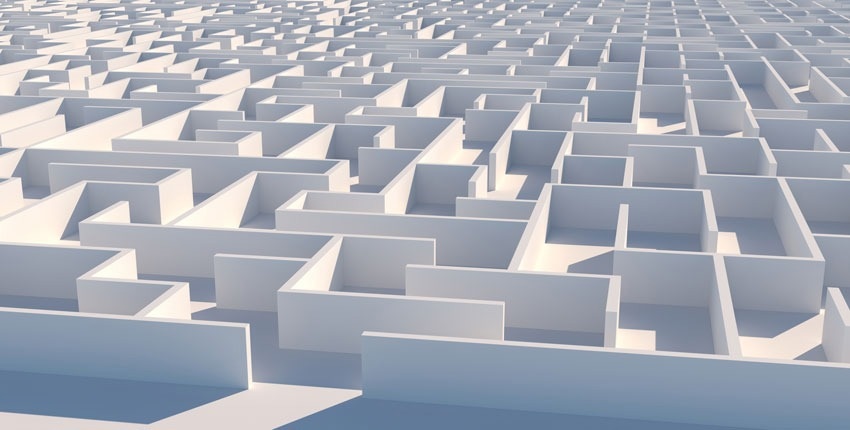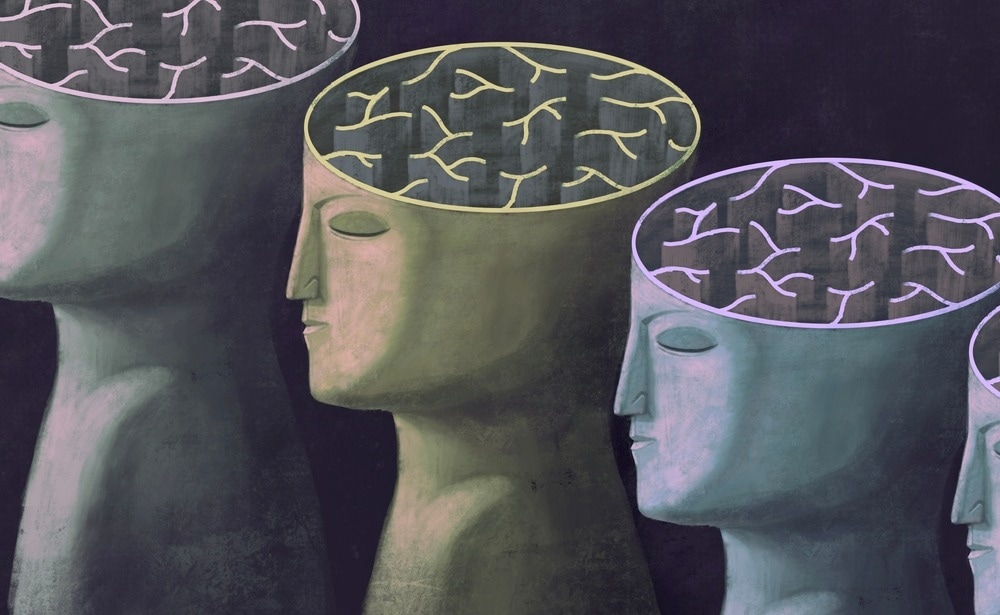Reviewed by Danielle Ellis, B.Sc.Jul 20 2023
The human brain uses spatial mapping and memory to steer from point A to point B during daily navigation. Making a navigational error that necessitates a course correction is also common.

Image Credit: cokada/iStock/Getty Images E+ Collection.
Harvard Medical School scientists have discovered a specific group of neurons in a brain region involved in navigation that experiences bursts of activity when mice running through a maze veer off course and correct their errors.
The observations bring scientists one step closer to understanding how navigation works while also raising new questions. The specific function of these neurons during navigation as well as their activities in other brain regions where they are present are among these unanswered questions. The study was published on July 19th, 2023, in the journal Nature.
Navigation has been studied a lot but, to our knowledge, this is the first time we’ve identified this type of error-correction signal. I think this study adds a new direction where we can go with navigation research.”
Christopher Harvey, Study Senior Author and Associate Professor, Neurobiology, Blavatnik Institute, Harvard Medical School
Making a Course Correction
The posterior parietal cortex, a part of the brain close to the back involved in learning and planning movements and also spatial reasoning, has been the subject of research in the Harvey lab to understand navigation better. The team claimed that the cells that make up that area have largely remained unknown.
“There are all these different cell types in that area, but when we started this project, we didn’t know much about what these cell types might be doing,” detailed lead author Jonathan Green, a research fellow in neurobiology at HMS.
Understanding how these various cells cooperate to form the neural circuit that drives navigation in that brain region requires elaborating on the functions of these various cells.

Image Credit: Jorm Sangsorn/Shutterstock.com
Green and Harvey turned to coworker and study co-author Michael Greenberg, the HMS Nathan Marsh Pusey Professor of Neurobiology, to investigate the cell types in the posterior parietal cortex.
They loaned a tool developed in his research facility that allows scientists to label cell types more precisely. The scientists used a viral capsule to inject a gene-regulatory element into the posterior parietal cortex, causing a subtype of neurons to express a blue fluorescent protein. The investigators selectively tagged these neurons in order to monitor their activity.
The group used a method developed in the Harvey lab that involves placing mice in a virtual reality maze: a mouse runs on a ball while a large surround screen displays a spatial navigation task. The task, in this case, was to navigate a T-shaped maze to find a reward at one end. The researchers monitored neural activity in the mouse’s posterior parietal cortex as it performed the task.
The scientists discovered that when a mouse made and corrected a navigational error, the subtype of neurons became active. This was true even when they directed the mouse to err by rotating the maze or changing the color cues. The neurons did not fire if the mouse did not make a mistake or made a mistake but did not correct it.
The neurons activated simultaneously, which led to a subsequent experiment in which the investigators induced the cells with light. The electrical current telling the neurons to fire can flow directly from one cell to the next because, according to their research, the neurons are essentially hardwired to one another.
These neurons were all activating together right at these moments when the mouse deviated from its route and had to correct back to get the reward, which we think means they could be really important for the learning or correction of navigational routes.”
Christopher Harvey, Study Senior Author and Associate Professor, Neurobiology, Blavatnik Institute, Harvard Medical School
A Broader Signal?
The research results provide intriguing evidence that this subset of neurons is important in assisting the brain in correcting navigational errors, however, the scientists are eager to learn more about how and why.
Harvey is curious about whether this error-correction signal helps the brain in learning navigational routes, which he refers to as “a missing piece of the puzzle for how navigation happens.” To investigate this theory, the researchers are conducting experiments in which they disrupt the activity of neurons and observe how this affects the mouse’s navigational ability.
“We want to find out if this signal is involved in driving corrections on a moment-to-moment basis, or if it is acting on a longer time scale by helping the circuit learn the correct actions over time,” Green notes.
Despite the fact that the study was conducted on mice, Green indicated that humans have an analogous cell type, so “this error-correction signal that we see in mice could actually be quite relevant to what is happening in our brain.” More research, however, is required to confirm whether this is the case.
This subtype of neurons is also found in other brain regions that are highly involved in navigation, such as the visual cortex and the hippocampus, which is the epicenter of learning and memory. Green wants to look into what neurons are doing in these other areas to see if they play a larger role in error correction and learning.
The investigators also intend to apply their experimental method to other subsets of neurons in the posterior parietal cortex, many of which are also found in other brain regions, in the hope of recognizing more cell types with specific functions.
“If we can understand what all these subsets of neurons are doing in different brain areas, the hope is that we can get at some generalized functions for the cells that move us closer to understanding how this neural circuit, which is replicated across brain areas, works,” Green concludes.
Correcting a navigational error
On the left is a mouse’s view as it navigates a T-shaped maze in virtual reality to find a reward. Near the end, the mouse corrects a navigational error, prompting a burst of activity in a subtype of neurons in the posterior parietal cortex that is captured by the peak on the graph. Video Credit: Harvey lab.
Source:
Journal reference:
Green, J., et al. (2023). A cell-type-specific error-correction signal in the posterior parietal cortex. Nature. doi.org/10.1038/s41586-023-06357-1.